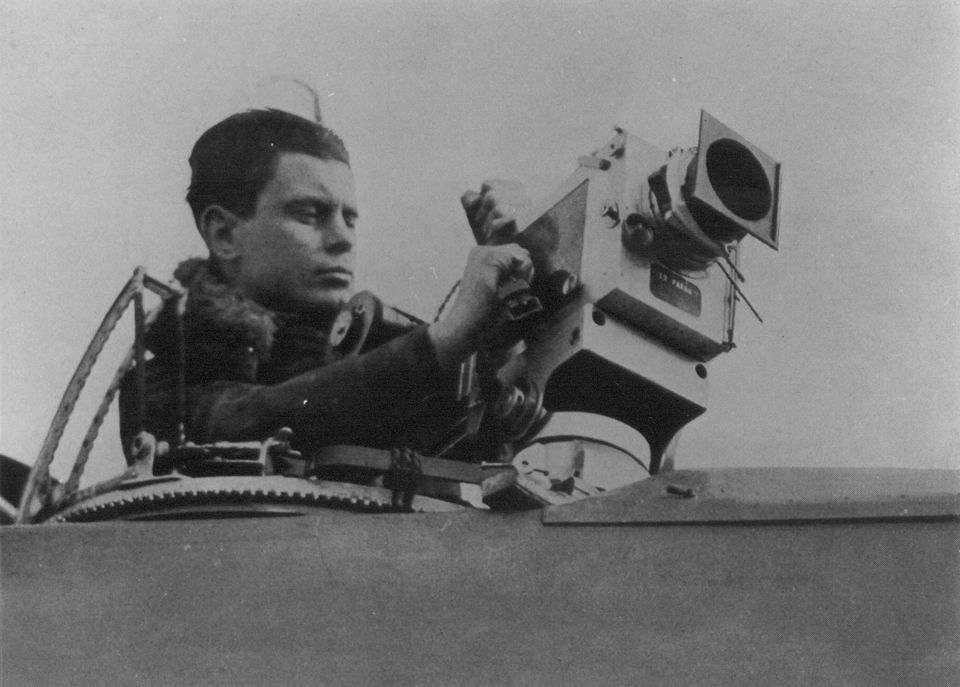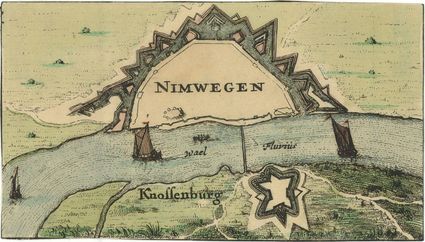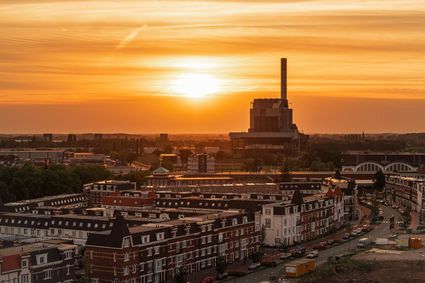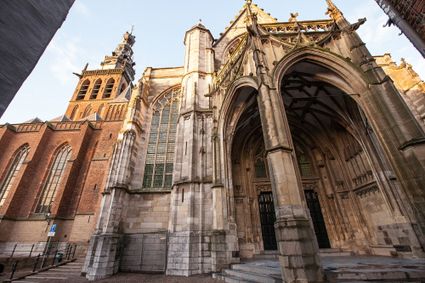Joris Ivens, committed and controversial filmmaker
Nijmegen is bursting at the seams with historical stories, ranging from leading figures to ordinary people, from neighbourhoods to political events. The Canon of Nijmegen encompasses the most important stories about Nijmegen’s history. One of these stories tells the tale of Joris Ivens, a world-famous filmmaker who made his first film at the age of thirteen.
1912 – 1929: Joris Ivens’ first film
In the spring of 1912, the then thirteen-year-old Joris Ivens played a kind Indian in the film “The Wigwam,” shot in a domestic setting. The film was shot at two location in Nijmegen: the Kwakkenberg and Jonkerbosch. The Wigwam went down in the history as the first film by the world-famous filmmaker.
The Wigwam was a classic western movie, in which the cowboys fought with Indians. All members of Ivens’ family, artistically inclined and fond of dressing up, took part in the film, some of them smeared with cocoa. Joris wrote the script and played the lead: the righteous Indian Brandende Staal. As a director, Ivens would continue to show characteristics of Brandende Staal throughout his work.
Joris Ivens was born into a prosperous Catholic family at Van Berchenstraat 15 in 1898. His father was a dealer in everything related to photographs and a prominent, involved, and enterprising citizen of Nijmegen. Joris came into contact with the medium of film, a new invention that would always fascinate him, at an early age because of his father. After learning the trade of photographer in Berlin, Ivens, inspired by international contemporaries, released documentary films, De Brug (The Bridge) and Regen (Rain), at the end of the 1920s. They were greeted with praise in avant-garde circles at home and abroad.
 The Joris Ivens-monument on the Joris Ivensplein
The Joris Ivens-monument on the Joris Ivensplein
1930 – 1989: So far away from Nijmegen yet so close
In his following documentaries, like Zuiderzeewerken (1930), Komsomolsk (1932), and Borinage (1934), he exposed the conditions under which Dutch, Russian, and Walloon labourers worked. His films were modern, undiluted realistic portrayals of the societies he covered. Later, in his reports of the Spanish Civil War, the revolution in China, and the war in Vietnam, he showed himself to be a committed, left-wing filmmaker, with unmistakable communist sympathies.
In 1945, Ivens came into conflict with the Dutch government when he chose to side with the Indonesian freedom fighters in his film on the liberation of the Dutch East Indies, which the government had commissioned. Indonesia Calling (1946) was the source of a long-standing animosity between Ivens and his homeland, which is why the contrary artist remained a controversial figure in the Netherlands, even though his films received many awards. Ivens, a cosmopolitan who filmed who filmed on all continents and who worked with celebrities like Ernest Hemingway, still carried good memories of his native city with him: “Although I’m far away, Nijmegen, my youth, still remained close to me.” This quote by Ivens is also engraved on the monument named after him, located on the Joris Ivensplein.
Immerse yourself in the rich history of the oldest city in the Netherlands, because Nijmegen has a lot of stories to tell you. Curious? You can read all about it in this historical timeline.



